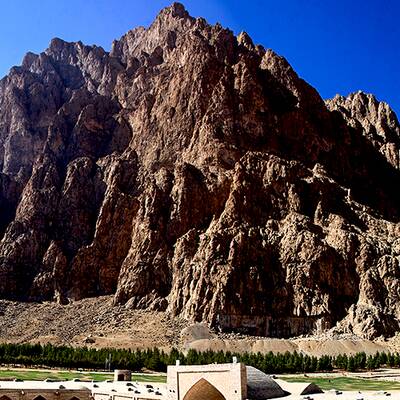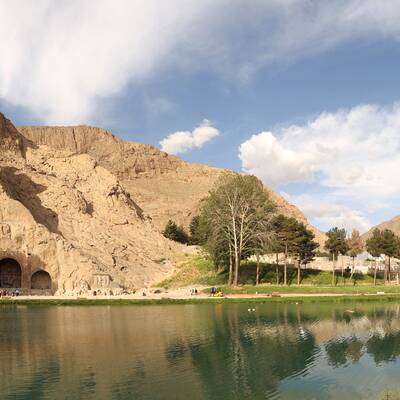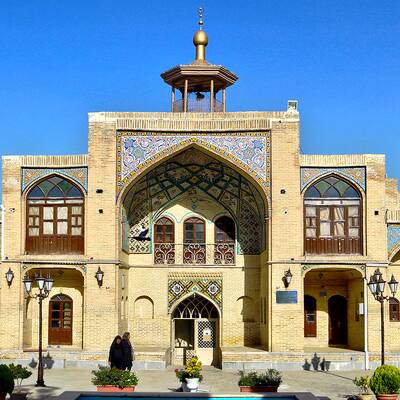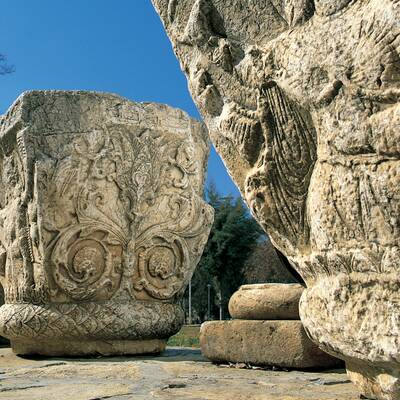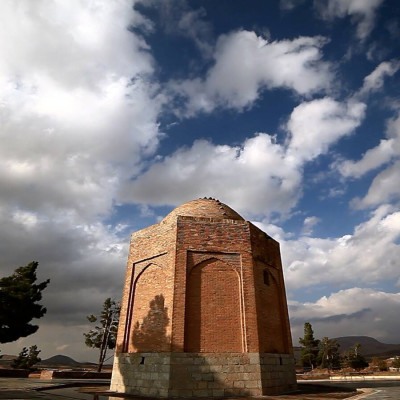Tekyehes are the religious bases during Qajar Period where different religious ceremonies were hold. Tekyeh Moaven al-Molk is one of the most beautiful and famous examples of these religious bases which is today located in the heart of Kermanshah.
Let’s speak about the exciting story of Tekyeh Moaven al-Molk in 1327 S.H. after constitutionalism movement; when the building was ruined and bombarded at Zahir al-Molk’s command. This incident damaged all the mirror works along with the whole building.
Moaven al-Molk family decided to take revenge, however, two families of Moaven al-Molk and Zahir al-Molk were finally reconciled and Tekyeh was not damaged more.
The date of building is 1282 S.H. the building had been designed, from the beginning, for holding ceremonies and recognized as a base for reconciling tribes. The architect was Asqar Memarbashi whose name has been written in an inscription on the building’s façade.
Tiling here is unique and, in fact, the tourists know this Tekyeh by its artistic tiles. Made by different technics as relief, half relief and with natural colors, tiles of Tekyeh Moaven al-Molk include the scenes of early Islam battles and the story of Karbala next to the illustrations of Persian kings and Persepolis elements.
The building has three sectors; “Hosseineh”, “Abbasieh” and “Zeinabieh”. Today, the Ethnography Museum of Kermanshah and the Museum of Clothing and Jewelry of Kermanshah Province in Abbasieh section have been added to the previous parts.
In order to reach to Hosseineih, one must go down 17 stairs because this structure has been placed six meters below the street level. At first, there is a Sagha Khaneh in which the portrait of Hazrat Abolfazl has been depicted on the tiles. Following the tradition of building Hosseineih in Iran, the Hosseineih here has a small yard surrounded by several rooms and decorated in blind arcades.
Abbasieh building includes a yard and a two-story construction in the east side. Its walls have been decorated in Cuerda Seca tiles on which some scenes of entering Yousef to Canaan city have been presented. Also, illustrations of Qajar statesmen are seen on these tiles.
Zeinabieh is, on the other hand, the place of Moaven al-Molk tomb who died in 1327 S.H. his mausoleum was decorated in mirrors in 1374 S.H. by Haj Mohammad Shokuhi Isfahani.

..jpg)
..jpg)
.jpg)
.jpg)
..jpg)
